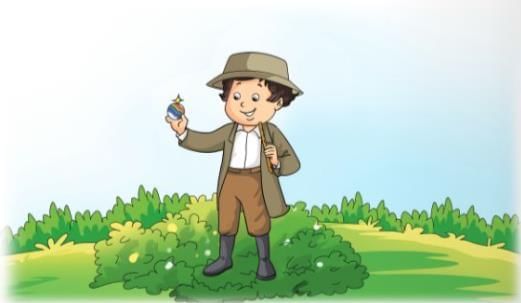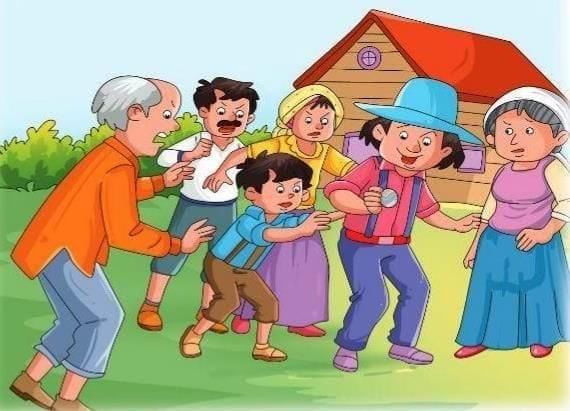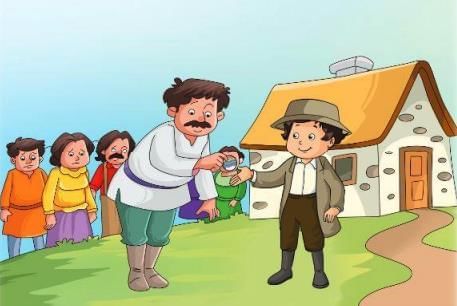The Crystal Ball Chapter Notes | English Class 2 ICSE PDF Download
| Table of contents |

|
| Introduction |

|
| Key Points |

|
| Explanation |

|
| Message |

|
Introduction
This chapter is about a young shepherd boy named Nasir who lives in a village with his family. Every day, he takes his sheep to the hills to eat grass and plays his flute while watching over them. One day, he finds a magical crystal ball that can give wishes. The story shows what happens when Nasir and the villagers use the crystal ball. It teaches us a simple but important lesson about happiness and simple living.

Key Points
The story is about a boy named Nasir who looks after sheep.
- Nasir finds a shiny magical crystal ball in the hills.
- The crystal ball can give anything you wish for.
- Nasir keeps the ball and does not wish right away.
- Another boy takes the ball and shows it to everyone.
- People wish for money and big houses but feel sad.
- Nasir wishes to make the village simple and happy again.
Explanation
Nasir, a young shepherd, lives with his family in a peaceful village. Each morning, he takes his group of sheep to the hills to eat grass and plays his flute to keep them safe.
One day, while playing, he sees a bright light coming from a bush and finds a beautiful crystal ball that shines like a diamond and has rainbow colors. A soft voice from the ball offers to give a wish, but Nasir decides to wait and takes it home. Days pass, and he does not use it. One night, another boy sees the ball, takes it while Nasir sleeps, and shows it to the village.

The villagers hear the voice and start wishing for money, gold houses, and jewelry. Their wishes come true, but they lose their happiness because there are no gardens for children, and they fear thieves. Only Nasir and his family remain happy in their simple hut.
Later, the villagers feel sorry and give the ball back to Nasir. They ask for their old life again. Nasir, who had not made a wish yet, uses the ball to bring back the green and beautiful village. Everyone becomes happy once more.

Message
The story teaches that true happiness comes from living simply and peacefully, not from too much money or riches. It shows that wanting too much can bring sadness, but caring and sharing with others brings real joy.
New Words with Meanings
- Crystal: A type of clear glass that shines brightly.
- Shepherd: A person who takes care of sheep.
- Herd: A big group of the same type of animals living together.
- Graze: To eat grass.
- Glittered: Shone with a bright, sparkling light.
- Snatched: Took something quickly.
- Chest: A large box for keeping things.
- Sorrow: A feeling of sadness.
- Vanished: Disappeared.
|
38 docs|19 tests
|
FAQs on The Crystal Ball Chapter Notes - English Class 2 ICSE
| 1. What is the main theme of "The Crystal Ball Class"? |  |
| 2. How can the concepts from "The Crystal Ball Class" be applied in real-life scenarios? |  |
| 3. What skills are emphasized in the article for effective prediction and analysis? |  |
| 4. Are there any historical examples discussed in "The Crystal Ball Class" that illustrate successful predictions? |  |
| 5. What is the significance of intuition in the predictive process according to the article? |  |














